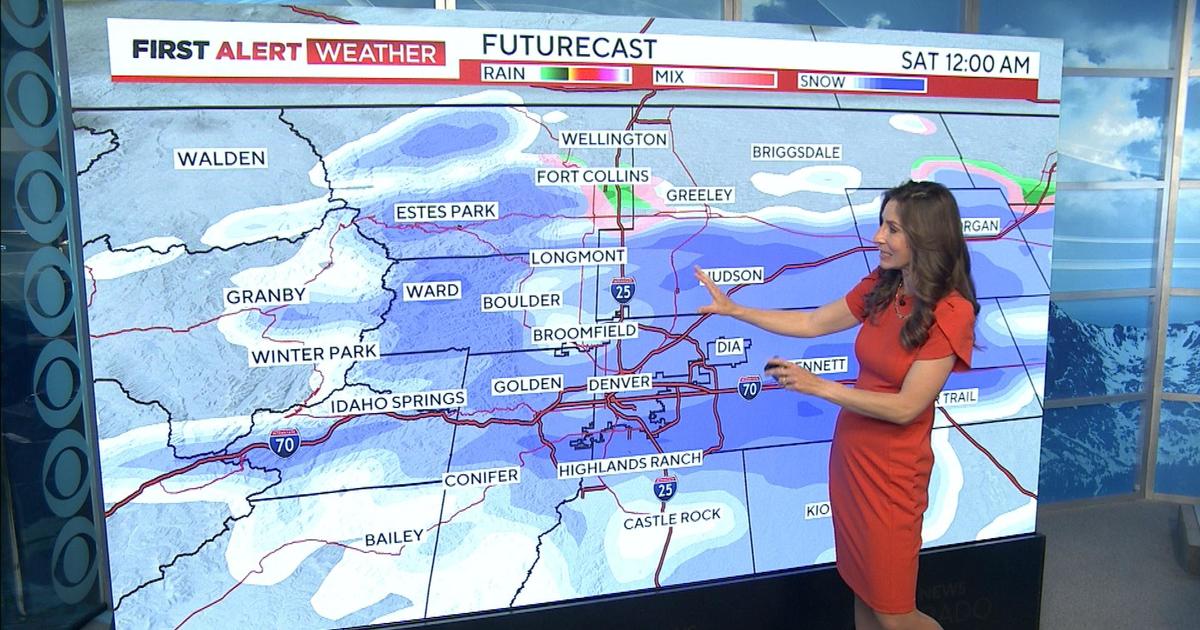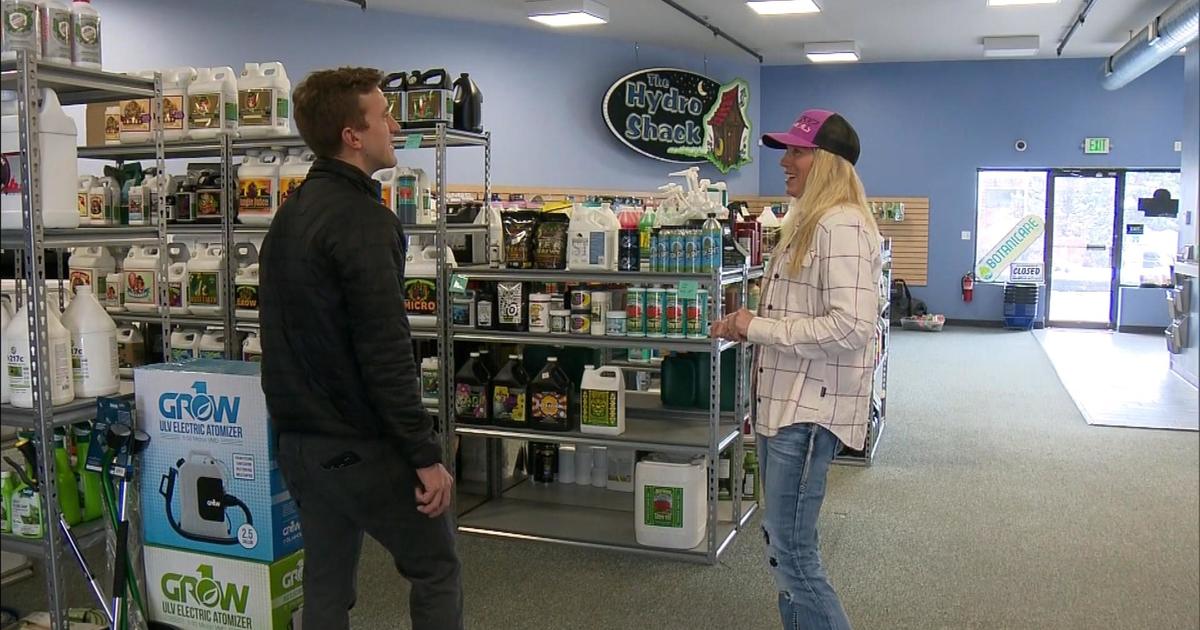CSU Professor Helps Improve Tornado Warning System
FORT COLLINS, Colo. (CBS4) - Predicting tornadoes is difficult business. That's why there's rarely much warning time for people to seek shelter. A professor at Colorado State University has been improving the ability to predict and track tornadoes.
The new system is about to be deployed for the first time.
CSU researchers, partnered with the universities of Oklahoma, Massachusetts and Puerto Rico, will soon install a network of eight small radars in Dallas to help predict tornado behavior.
At a site in Weld County a new small breed of weather radar scans the stormy sky.
"It's going through the rain from zero degrees all the way up and down," CSU research scientist Francesc Junyent said.
Researchers have developed a way to connect a group of the low-power, nimble radars to hunt for tornados, lock on, and then anticipate the twister's next move.
"It's like a pack of wolves. They'll all adaptively go after the most intense part of the storm," engineering professor Dr. Chandrasekar Chandra said.
Chandra says smaller radars, closer together, can see closer to the ground where tornadoes form.
"The wind patterns change very close to the ground, and that's what we specialize in, we can see very close to the ground," Chandra said.
Monitoring a test network of four radars in Oklahoma researchers watched a tornado in real time. Turning arrows indicated a tornado on the ground, confirmed by a text message from a colleague.
The information also updates five to 10 times faster than traditional radar -- once every 30 seconds -- compared to larger radars which take five minutes to scan the sky.
"Five minutes is a huge amount of time if you are running away from a tornado," Chandra said.
Chandra says these days the average tornado warning comes about 12 minutes before the twister arrives. Clusters of small radars can add between three and five minutes to the warning time and reduce false alarms, allowing what Chandra calls nowcasting instead of forecasting. That means the new technology could help save lives in the path of a twister.
It turns out that using several smaller radars, perhaps mounted on cell phone towers or buildings, is also a great way to predict flooding from heavy rain.
Installation will begin this summer in Dallas and CSU researchers say other urban areas are getting on board as well.



